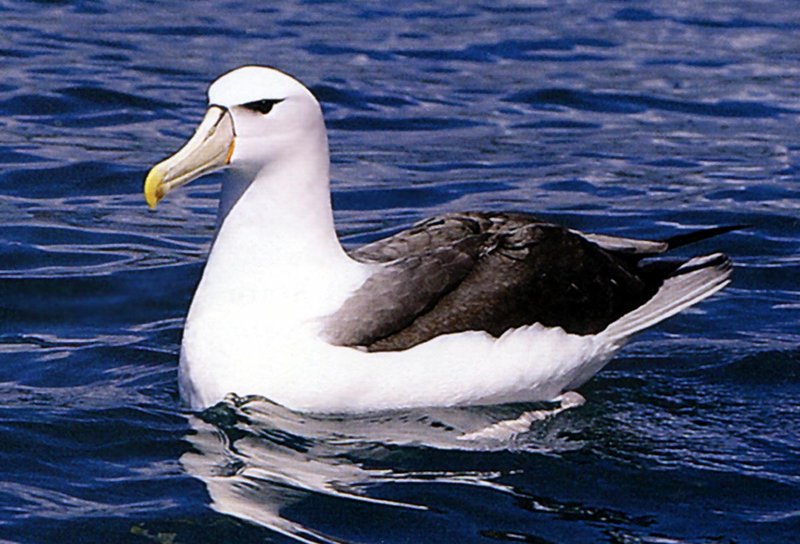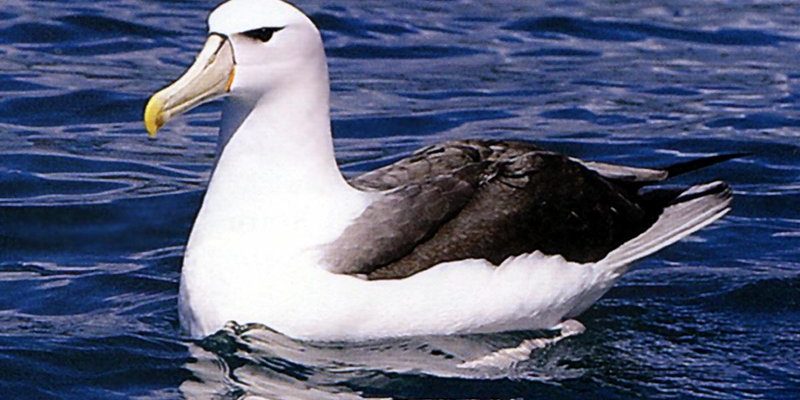
Imagine the ocean as a bustling city, with the albatross as a vital worker weaving through the different sections. Its presence affects everything from fish populations to the health of the marine ecosystem. Here’s the thing: understanding this bird’s role isn’t just an academic exercise—it’s about appreciating how interconnected life truly is. So, grab your favorite coffee, and let’s dive into the world of albatrosses.
What Makes the Albatross Unique?
Albatrosses are remarkable birds known for their impressive wingspan, which can reach up to 12 feet! That’s like a small plane soaring through the sky. These birds are specially adapted to life at sea; they have long, narrow wings that allow them to glide efficiently over vast distances. Imagine flying without flapping your wings too much—essentially, that’s what they do.
Their unique anatomy helps them cover thousands of miles in search of food. They mainly feed on fish, squid, and other marine life, using their keen eyesight to spot prey from high above. But their role goes beyond just hunting; they also contribute to the health of marine populations by controlling their numbers, ensuring no single species dominates.
Additionally, albatrosses are social birds that often form lifelong partnerships. Pair bonding is not just romantic; it plays a part in the stability of their populations. These strong family ties help them raise young and maintain the albatross community, which is vital for the survival of their species.
The Albatross as a Marine Forager
One of the albatross’s key roles in its ecosystem is that of a marine forager. This bird spends a great deal of time flying over the ocean, searching for food. By doing this, it helps to maintain a balance in the marine environment. You might be wondering how this works.
When albatrosses hunt for fish and squid, they not only catch their meals but also help regulate fish populations. If one species becomes too abundant, the albatross keeps it in check. This kind of natural regulation is essential for keeping the ocean ecosystem healthy and diverse.
Moreover, albatrosses can travel to areas where fish are more abundant, effectively redistributing food sources. When they locate a school of fish, they might dive in and eat, but they also attract other birds. This creates a bustling feeding frenzy, where multiple species interact. The albatross’s foraging habits thus contribute to a vibrant community in the ocean.
The Impact of Albatrosses on Nutrient Distribution
You might not think about it often, but nutrient distribution is a big deal in ecosystems. Albatrosses help with this in several ways. First, they contribute to marine nutrient cycles. When they feed on fish and other prey, they also produce waste, which falls into the ocean. This waste contains vital nutrients that support the growth of phytoplankton, the foundation of the entire marine food web.
Phytoplankton is crucial because it produces oxygen and serves as food for countless marine creatures. Essentially, by helping these tiny organisms thrive, albatrosses play an indirect but significant role in the health of the entire ocean ecosystem.
Additionally, when albatrosses return to their nesting sites, they sometimes bring back food that they can’t eat, which can then feed land-based animals and plants. This cross-habitat interaction exemplifies how interconnected life truly is.
Threats to the Albatross and Their Ecosystem
Unfortunately, the albatross faces several threats that jeopardize not only its survival but also the health of its ecosystem. Habitat destruction, climate change, and overfishing are the main culprits. For instance, when fishing practices lead to the depletion of fish stocks, the albatross struggles to find enough food.
Bycatch is another major issue where albatrosses can get caught in fishing gear, leading to injury or death. With fewer albatrosses around, there’s a risk that fish populations soar unchecked, leading to imbalances in the marine ecosystem.
Moreover, changes in climate can affect ocean temperatures and currents, altering the distribution of prey species. If albatrosses can’t adapt to these changes, their populations may decline, leading to a cascading effect in the ecosystem.
Conservation Efforts for Albatrosses
Recognizing the importance of albatrosses, various conservation groups are working hard to protect these magnificent birds. Efforts include establishing marine protected areas where fish populations can thrive without the pressure of overfishing. This not only helps albatrosses but also benefits many other marine species.
Another initiative involves improving fishing practices to reduce bycatch. For example, using bird-friendly fishing gear can minimize accidental catches. These changes help ensure that albatrosses can continue their vital role in the ecosystem.
You might be thinking about how you can help, too. Supporting conservation organizations, spreading awareness about the threats albatrosses face, and even participating in beach clean-ups can make a difference. Every small action counts!
Wrap-Up: The Albatross and Ecosystem Balance
In conclusion, the albatross is much more than just a beautiful bird soaring over the ocean. Its role in the ecosystem is multi-faceted, from regulating fish populations to enhancing nutrient cycles. Understanding this makes it clear how interconnected all living beings truly are.
As we face environmental challenges, protecting the albatross and its habitat becomes increasingly important. By ensuring the survival of this remarkable bird, we also support the health of the broader marine ecosystem. So next time you see an albatross, remember its vital role and feel inspired to take part in protecting our planet’s delicate balance.

